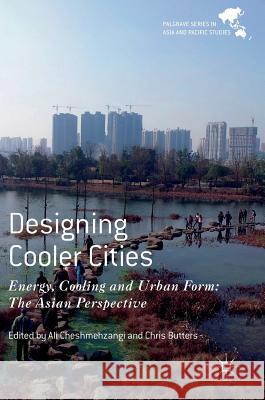Designing Cooler Cities: Energy, Cooling and Urban Form: The Asian Perspective » książka
topmenu
Designing Cooler Cities: Energy, Cooling and Urban Form: The Asian Perspective
ISBN-13: 9789811066375 / Angielski / Twarda / 2017 / 204 str.
Designing Cooler Cities: Energy, Cooling and Urban Form: The Asian Perspective
ISBN-13: 9789811066375 / Angielski / Twarda / 2017 / 204 str.
cena 563,56
(netto: 536,72 VAT: 5%)
Najniższa cena z 30 dni: 539,74
(netto: 536,72 VAT: 5%)
Najniższa cena z 30 dni: 539,74
Termin realizacji zamówienia:
ok. 22 dni roboczych
Bez gwarancji dostawy przed świętami
ok. 22 dni roboczych
Bez gwarancji dostawy przed świętami
Darmowa dostawa!
This edited book surveys the major sustainability challenges facing Asian cities, in particular those related to urban energy and city cooling.











